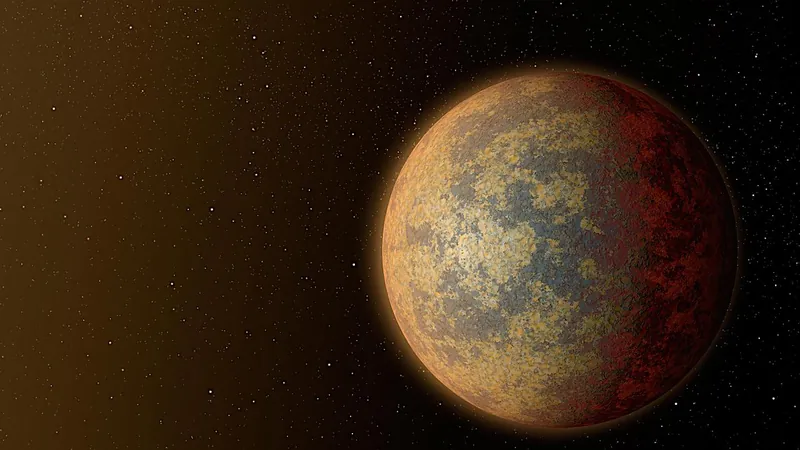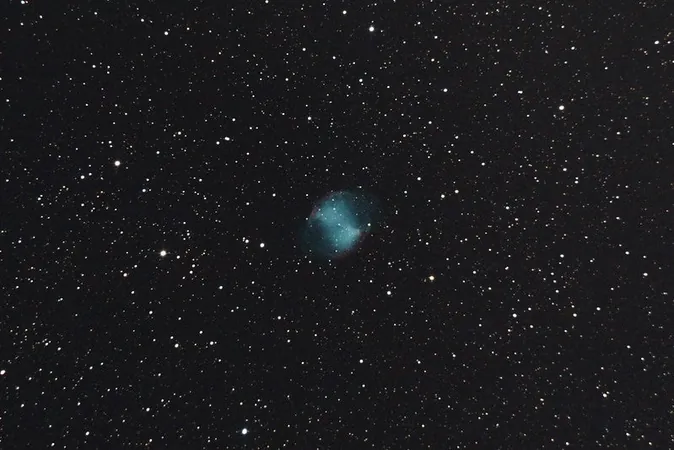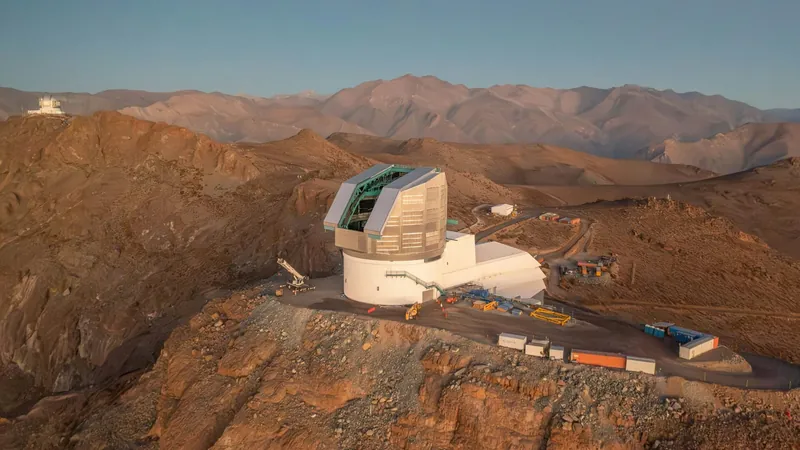
Unlocking the Secrets of Ignan Earths: Can Fiery Worlds Host Life?
2025-01-11
Author: Olivia
Unlocking the Secrets of Ignan Earths: Can Fiery Worlds Host Life?
Can a rocky planet have so much internal heat that it becomes uninhabitable? This intriguing question takes us to the extreme case of Io, one of Jupiter's moons, known for its intense internal heating. With a staggering heat flux of about 2 watts per square meter, Io's geothermal activity is vastly more pronounced than Earth's, which operates at a more moderate 90 milliwatts per square meter.
But what happens when we push the boundaries even further? Enter the concept of the "Tidal Venus Limit," a theoretical threshold where internal heat flux exceeds a runaway greenhouse state of 300 watts for an Earth-sized planet. The cosmos holds a diverse range of rocky planets exhibiting different internal heating rates, but their potential for habitability has largely remained a mystery.
Recent studies have started to shine a light on these so-called Ignan Earths, worlds characterized by high internal heating. Remarkably, even under extreme conditions, it's suggested that the mantle of these planets can remain predominantly solid. This solid mantle could support the development of a stable and buoyant crust, which is essential for maintaining a habitable surface environment.
Additionally, researchers have taken a closer look at the long-term climate models of Ignan Earths. By simulating the carbonate-silicate cycle—a vital component in planetary climate dynamics—under different heat conditions, they found promising results. Earth-mass planets with internal heating fluxes lower than 15 watts could sustain average surface temperatures reminiscent of Earth’s cooler past, remaining comfortably below 30°C. Even worlds with significantly elevated heat fluxes were observed to maintain surface temperatures well under 100°C, thereby supporting the tantalizing possibility of habitability in a broader range of thermal environments.
Such revelations not only expand our understanding of potential life-harboring worlds but also challenge the conventional wisdom about habitable zones in the universe. As astrophysicists and astrobiologists continue to explore these fiery realms, we may be on the brink of discovering how life could adapt to extreme conditions—turning our perceptions of habitability on its head.
In the quest for extraterrestrial life, Ignan Earths might not just be a fantasy of sci-fi but a legitimate frontier of astrobiological exploration. Will we one day find life thriving in realms of heat we never thought possible? Only time and further research will tell!









 Brasil (PT)
Brasil (PT)
 Canada (EN)
Canada (EN)
 Chile (ES)
Chile (ES)
 Česko (CS)
Česko (CS)
 대한민국 (KO)
대한민국 (KO)
 España (ES)
España (ES)
 France (FR)
France (FR)
 Hong Kong (EN)
Hong Kong (EN)
 Italia (IT)
Italia (IT)
 日本 (JA)
日本 (JA)
 Magyarország (HU)
Magyarország (HU)
 Norge (NO)
Norge (NO)
 Polska (PL)
Polska (PL)
 Schweiz (DE)
Schweiz (DE)
 Singapore (EN)
Singapore (EN)
 Sverige (SV)
Sverige (SV)
 Suomi (FI)
Suomi (FI)
 Türkiye (TR)
Türkiye (TR)
 الإمارات العربية المتحدة (AR)
الإمارات العربية المتحدة (AR)